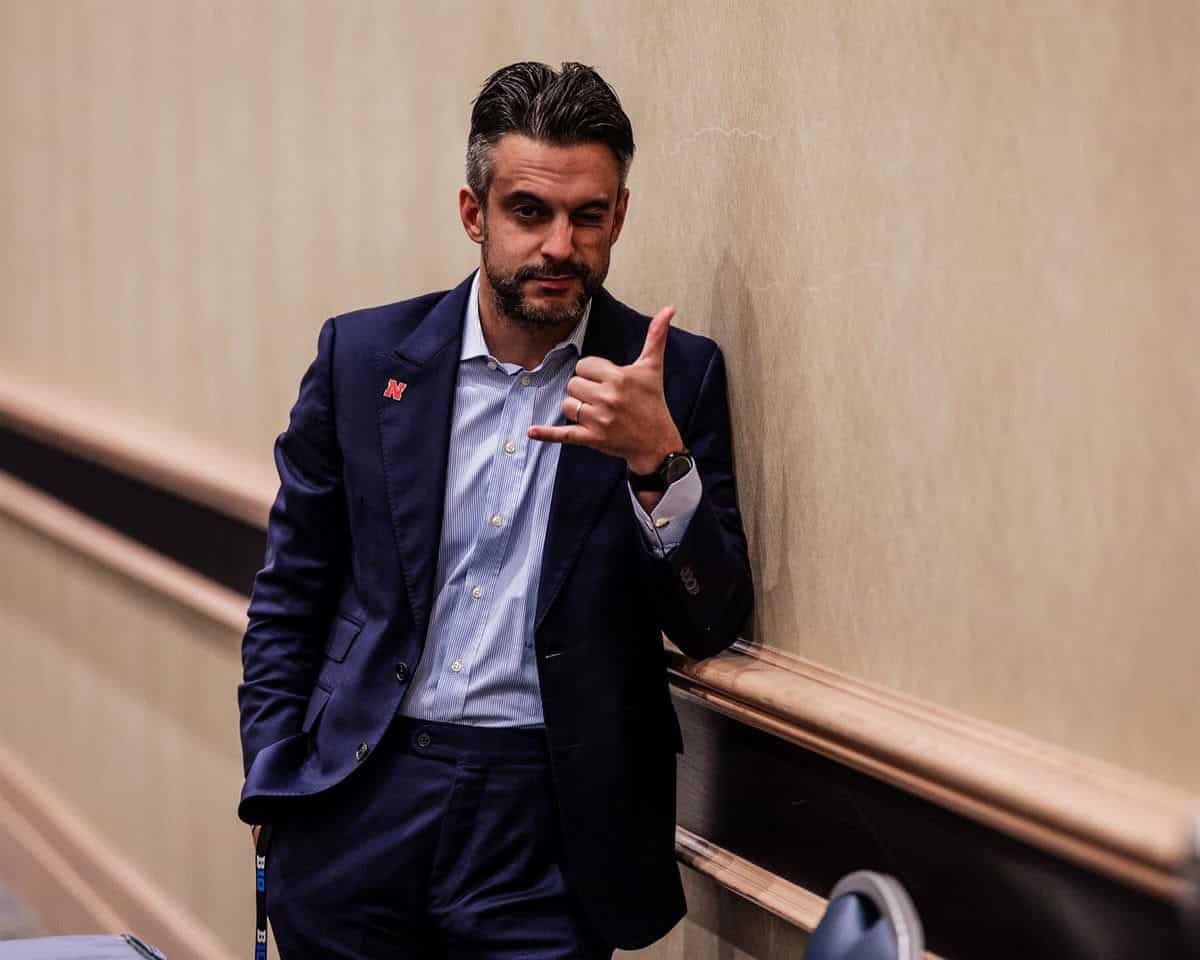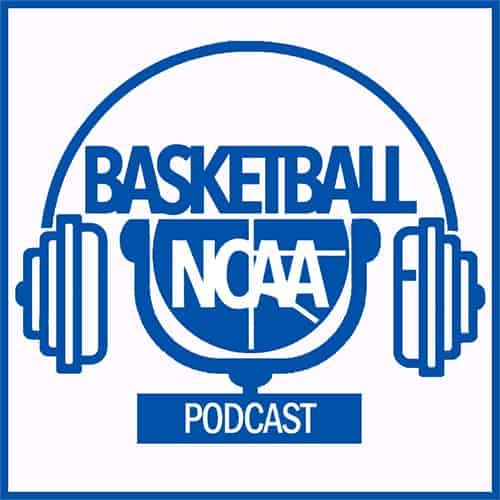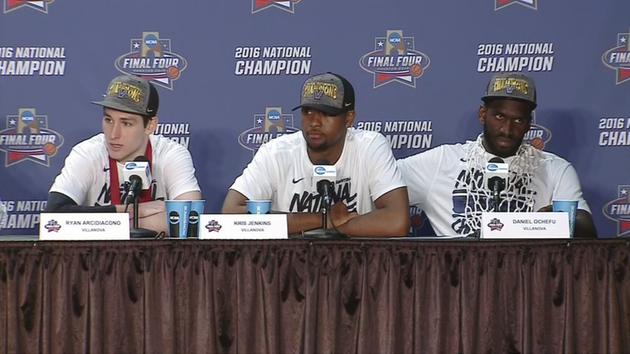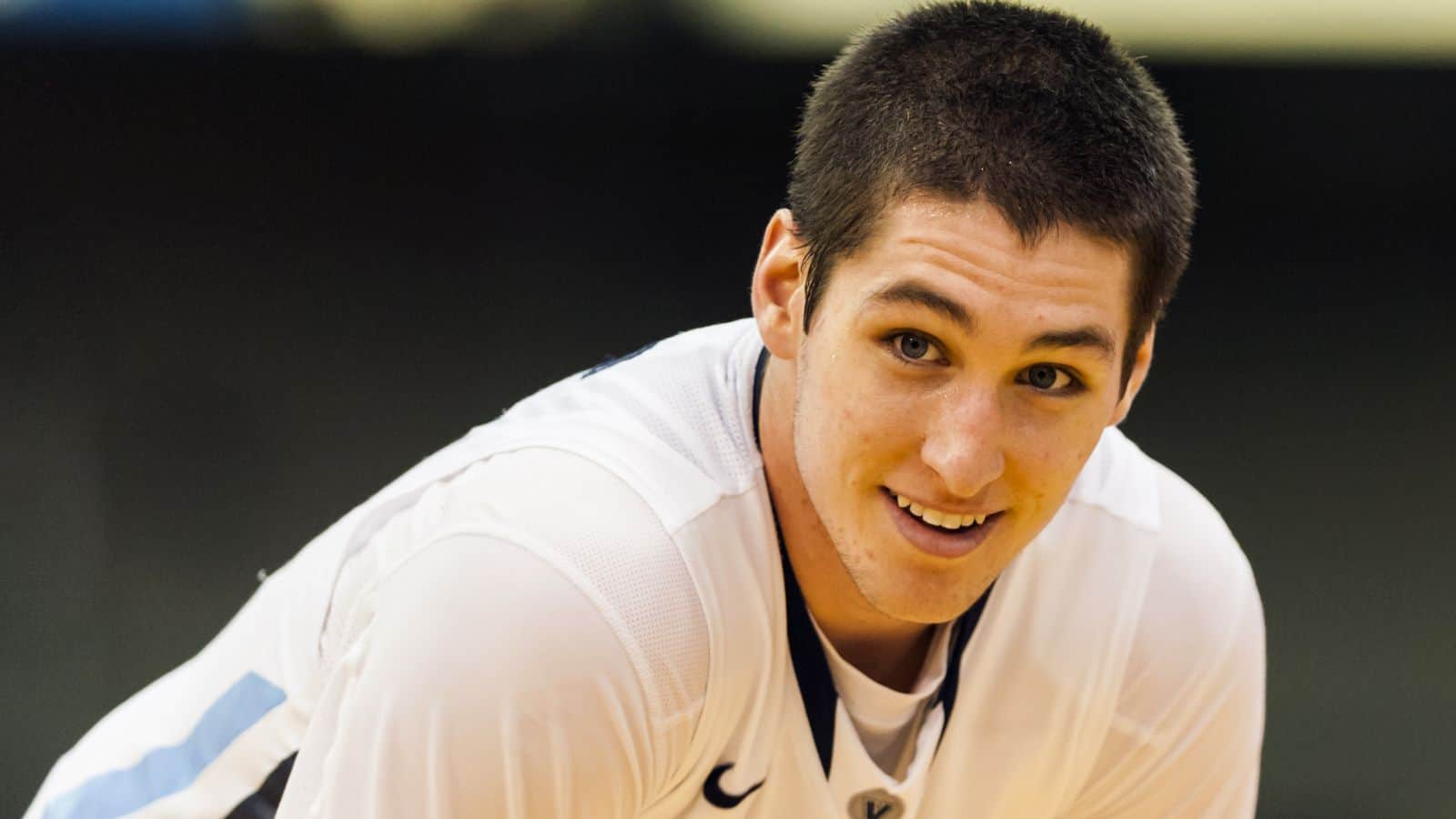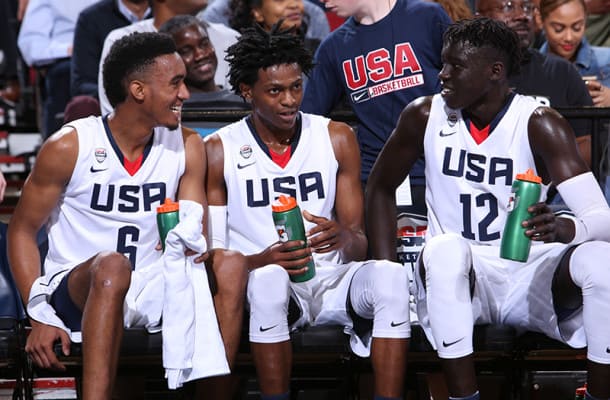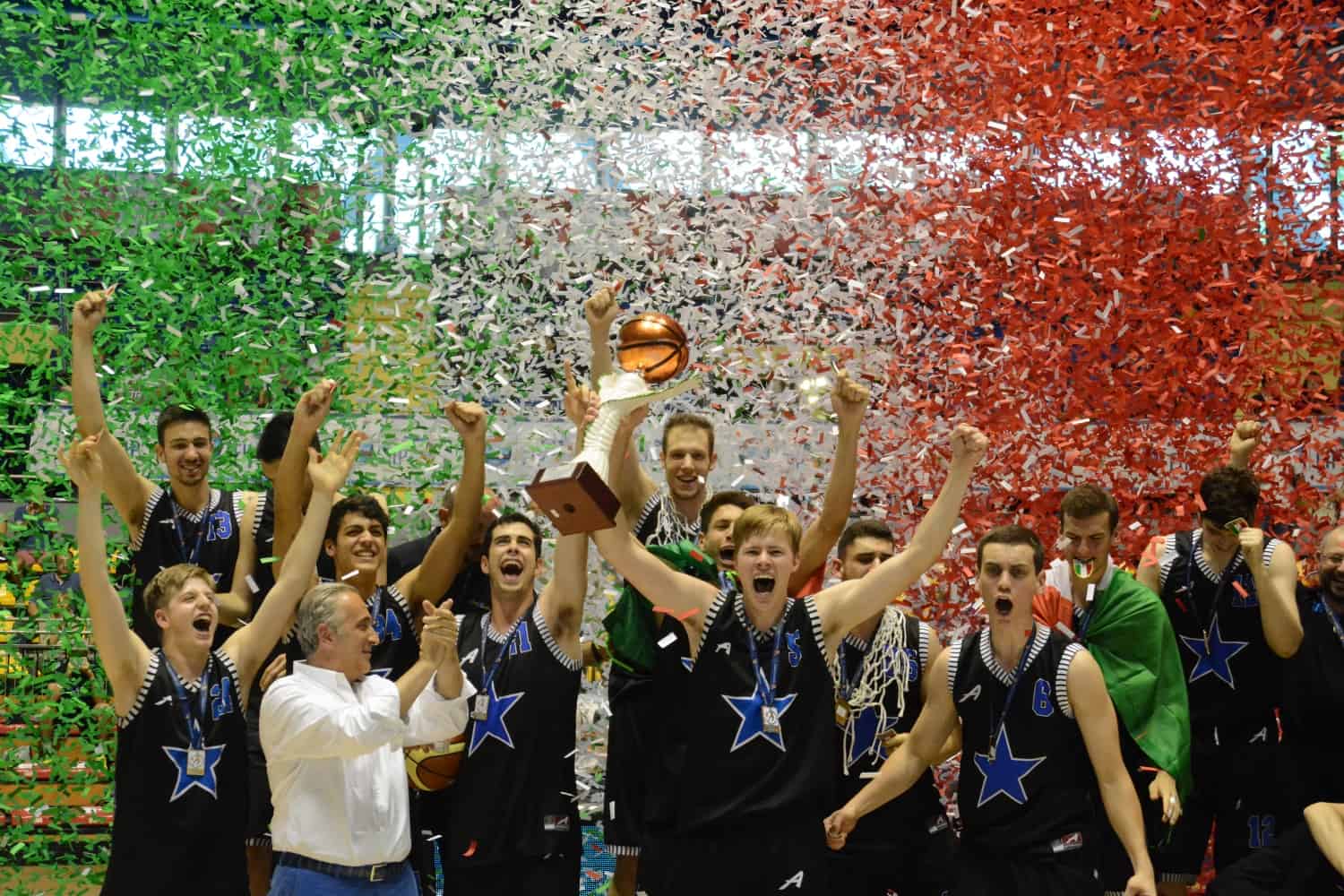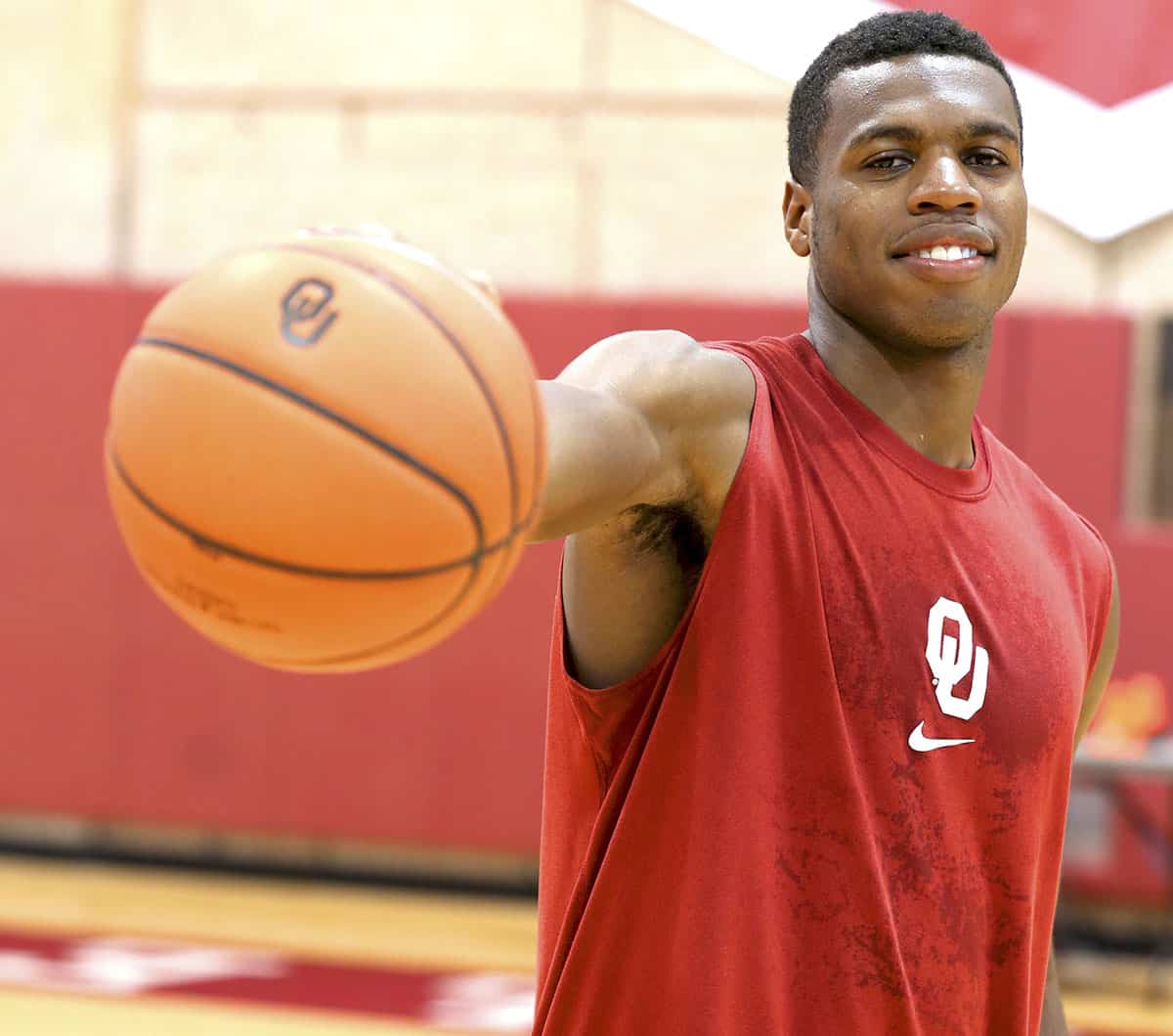After telling us in the first part of the interview about the difficulties related to the transfer portal, Nebraska’s new GM Luca Virgilio explains how much money circulates in the NCAA and how it has become the most coveted destination even for young Italians.
Among your duties, there is also the coordination between the coaching staff and the athletic administration regarding NIL. Can you explain your role?
Until July 1st, there was one model and players could not be paid by the universities; now there is a different one. Before July 1st, players were paid by Collectives, which are entities created specifically to collect money and pay players. Now the universities pay directly, having a budget to pay players that is supplemented by other deals made by the Collectives. These young athletes all have contracts now—not pay-for-play contracts, but ones concerning their image rights. When it comes to negotiating a contract or talking with agents, that is my job, much like any GM of a professional European team.
At the same time, until July 1st, the Collectives played a very similar role, but now it is unclear how their role will change because the NCAA introduced a clearinghouse run by Deloitte (an organization that helps enforce agreements between buyers and sellers, reducing the risk that someone fails to honor their word) that must approve all contracts made by players outside the university. My role is to facilitate all these conversations. This is a world moving at 5,000 miles an hour—there are many parties involved: players, agents, advisors, families, and for the university, the administration, head coach, assistants. To avoid having all these people involved in negotiations, turning it into a mess, I personally manage all these conversations with the external agents. And this is a quick explanation—the reality is a bit more complex and is constantly evolving.
You mentioned two difficult-to-understand structures of college sports for outsiders. The first is Nil Go, the clearinghouse managed by Deloitte that is part of the new College Sports Commission created by the Power 5 conferences to oversee the legality of all this money flow. Do you think it will work?
That is the hope. It just started a few days ago, so it’s still too early to have a clear opinion. I believe all the people who created this system have an idea of what they want to achieve. Certainly, it adds more control and supervision, otherwise it would have been difficult to manage in the long run. Now the system has legs; let’s see if it can walk, how sustainable it is, and if there is full compliance with all these regulations. Then it only takes one lawsuit won by someone to completely reshuffle the cards and start over. Let’s see how this first year goes—the idea is sound, the principle is right, but we’ll have to see if all the key players in this new era do their part.
The second is the Collective, another original component of American college sports. Nebraska’s Collective is called 1890. What is it and how does it work?
The Collective raises funds, and everything must be legalized in terms of image rights, because I cannot just give you two million dollars just because you’re talented. The Collective raised funds and then helped the players sign contracts selling their image rights—that is, doing anything like advertising, autograph signings, public speaking, or any marketing activities. The Collective ensures the players sell their rights to other entities in exchange for payments.
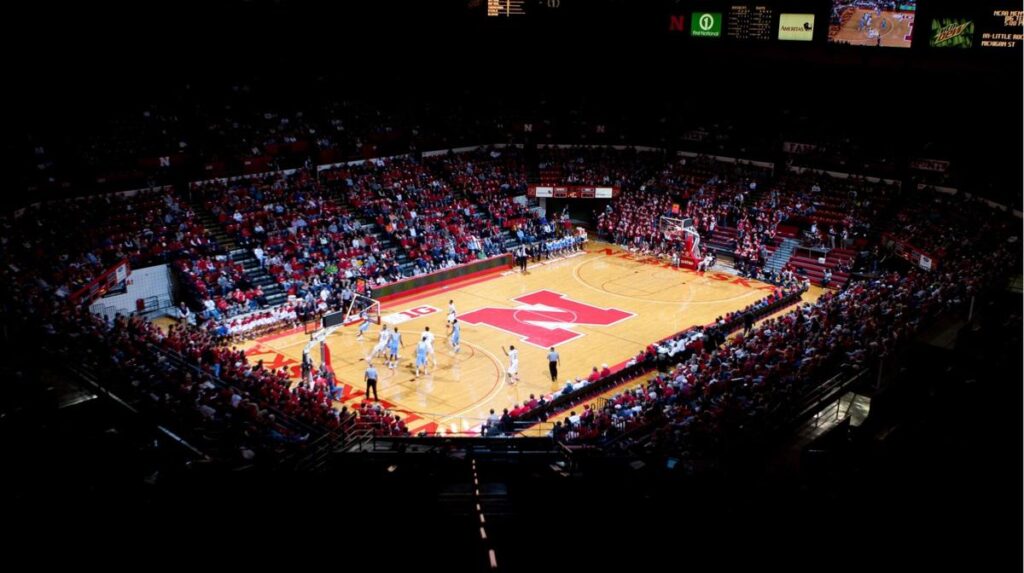
Nebraska’s Court
Additional funds are added to this money. Nebraska is part of the Big Ten, so one of the Power 5 conferences that signed the agreement at the end of the House vs NCAA lawsuit to introduce direct payments to players by universities with a salary cap of $20.5 million for the first year. How has Nebraska organized itself, and how much money will the basketball team have available?
All these big Big Ten universities rely heavily on football, so in about 90% of cases, most of that money will go to football. Then the next largest percentage goes to men’s basketball and then to other secondary sports. For example, here in Nebraska, volleyball is very important, so many resources will go to that as well. We will have a competitive budget— not at the top level with the Top 25 teams but still competitive. What is still unknown is now that the Collectives must go through that clearinghouse, how all the money that used to pass through them will be reorganized, how strict this clearinghouse will be—so we are trying to get clearer ideas. So, $20.5 million is the budget for the entire athletic department this year and it grows every year because TV rights contracts increase annually.
Very diplomatic—in short, you have a few million available for the team. What salary range are we talking about for the players?
It depends on the situation. There are many players making a lot of money who will now make even more than in their professional careers; that’s the reality. Some players today make what a starter in the Euroleague does not earn, and for this reason, many more players are trying to get those big contracts here in college. There is a lot of money; it is situational. Some high-level players might make less money than those who have just started because a team hired a new coach with a very big new budget who may sign mid-level players with a lot of money. The reality is they have so much money that they don’t know what to do with it. There are many such situations.
There are significant budgets especially this year, while I think that from next year there will be a decrease in contract values because what happened this year was a wild west: basically, there was no salary cap, and if you had a booster with 5 million dollars added to the 10 you already had, you ended up with 15 million dollars for 15 players, so if you wanted, no one could stop you from giving one million to a player. There were no limits; now, from July 1st, there are a few more limits, and we have to see whether these limits are respected and how the situation will evolve in a year. But on paper, there should be a leveling down regarding these contract values, which did not happen this spring, with players worth 500 thousand dollars going to two and a half million, players worth two million going to four, and players who wanted four maybe entered the transfer portal at the wrong time and got one. So, the values are very broad, with players earning millions and millions of dollars, even for multiple years because they have skilled agents who negotiated multi-year contracts, and players who make more normal amounts.
Here, it is precisely the concept of normal amounts that we want to clarify.
We are talking about at least six figures. At the High Major and Power Five level, six figures is the entry level for this year, which is an extremely inflated and uncontrolled market. Moving forward, it will adjust again, but yes, we can say that normal figures are around “500” (thousand). Also for this reason, you see players who, rather than trying for an NBA Two-Way contract or risking going in the second round of the NBA draft, return to college because they will earn three times more. It is absolutely not worth it; you do the math and realize you have a guaranteed contract with figures maybe above a million: why would you want to take a risk? For this reason, in these two years, the situation has been somewhat out of control, difficult to manage, and we will see how next year goes.
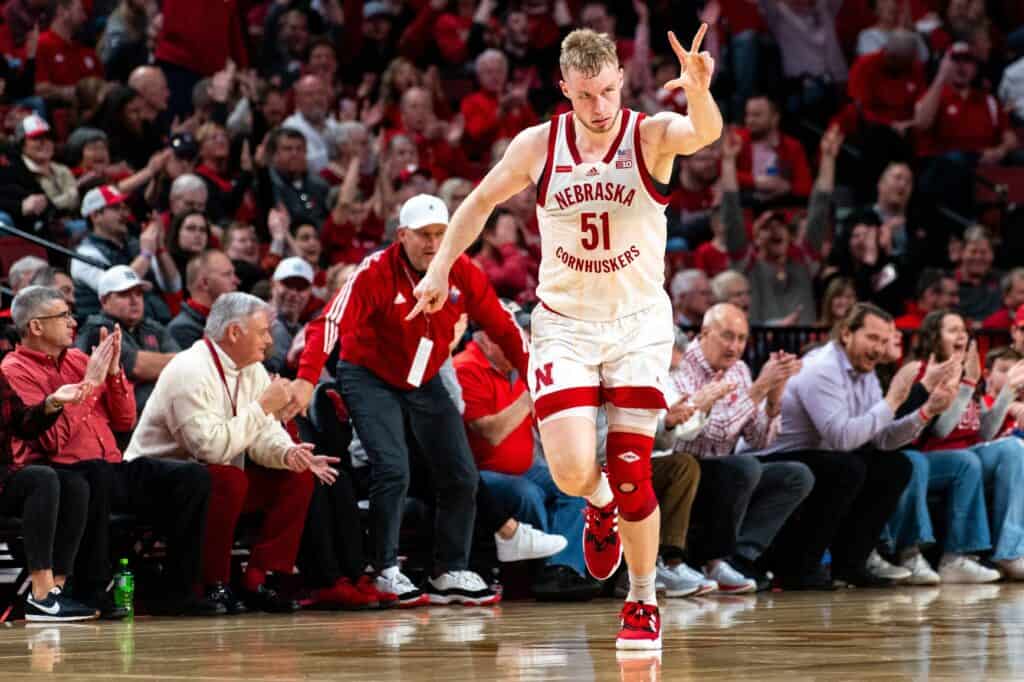
Rienk Mast, one of the best player in Nebraska
For now, the revenue sharing formula is holding, but do you think something will change in the future and that players will become full employees of the universities?
We need to see how this model evolves over the next two to three years and whether this change is sustainable. I think what happened this season represents such a monumental shift that we have to give this new model some time and breathing room to understand what will happen. In my opinion, it is more sustainable than the previous system, but honestly, if you had told me two years ago that we would arrive at this point today, I would have said it would be very difficult. Let’s see if we get to full employment with professionals within two years—I don’t know.
Overall, the debate is open: some people regret the pre-NIL era, while others adapted quickly, not to mention the new rules on the transfer portal. You have been with the NCAA for 11 years: has it improved or worsened since you arrived?
Regarding transfers, I preferred the previous idea and principle, which was that you had to sit out a year if you wanted to transfer, because continuity in a roster was very difficult to build otherwise. But we live in a world where a coach can leave anytime without consequences, so these are the rules of the game, and you have to adapt to stay competitive; otherwise, you go nowhere. Ideally, changing four colleges in four years doesn’t help, but if I were one of those players and could go from team A to B to C for four years while earning big money, why not? The previous system, which allowed you to transfer and play immediately if the coach was fired, was probably the fairest. But I don’t see why, in today’s world, the only ones who must have restrictions are the players.”
Additional context from recent developments of the NCAA revenue sharing system starting in 2025 indicates that universities can share up to approximately $20.5 million annually with athletes, a cap expected to rise over time. This new model moves college sports closer to professionalism but still classifies athletes as non-employees officially, though this legal status is currently under challenge in courts. The full employment status of players remains uncertain in the short term, with evolving regulations and lawsuits potentially redefining this in coming years
So, I think it is right to give them freedom. It may not be extremely formative from a character-building point of view, but this is where we are now, and there is no going back. It is a different NCAA, but it is not true that people are losing passion and no longer watch the games. Maybe you no longer have the romantic story of a kid staying in the same place for four years, but this world moves at a thousand miles an hour, and you have to adapt to succeed. If you don’t adapt, you die. And it is right that these kids get paid, and get paid well, because maybe those in Europe forget that these kids play in front of 15,000 spectators, with courtside tickets costing 15-20 thousand dollars for certain games. It is right that a percentage of this money goes to the players—it is a natural consequence of the gigantic business that the NCAA is.
Let’s talk about the court. In the last two seasons, we have seen the best seasons of the Hoiberg era, including winning the College Basketball Crown, a new end-of-season tournament for teams that do not make the March Madness. What has been the leap in the last seasons, and what was missing this last year to get into the Tournament?
I’ll be honest: historically, Nebraska has always struggled in basketball. Great resources, great facilities but very little history. As I said, it is a university primarily focused on football. With Hoiberg, a long-term investment was made, but the timing was not ideal because COVID interrupted the first season, and so the first year was incredibly tough—we started from scratch and took beatings left and right. The second year was still COVID, with only individual training; the third year was the most disappointing because everything was normal but it did not work. From the fourth year on, we managed to straighten things out a bit, allowing us to turn the page after three difficult years.
This last year was a pity because we were really close to making the tournament for the second year in a row—something that had never happened at Nebraska—but the last three games, each decided by a single possession, were lost by one point each. Maybe it was destiny because we went to this new tournament in Las Vegas and won it. So, we brought a postseason trophy to Nebraska, something that had not happened for 20 years. Now we are trying to ride the wave of enthusiasm from these last two seasons.
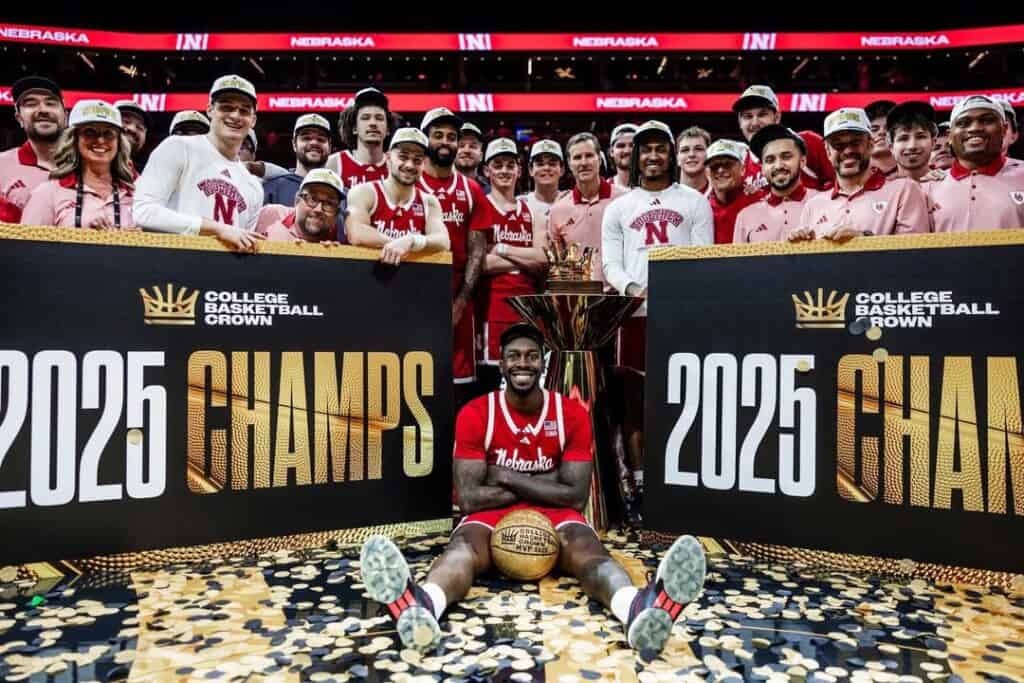
Nebraska’s celebration after the Crown’s win
Rienk Mast is returning — you have one of the best Turkish prospects in Berke Büyüktuncel, and you picked up some good players from the transfer portal. What are the ambitions for next year?
We have a roster we like; we recovered Mast, who was one of the key players two years ago before getting injured, and overall we are an offensively very talented team. We hope to have a good season. On paper, there are two or three teams that start as favorites in the Big Ten, and then, I know it sounds crazy, there’s a big group of 10-13 teams at the same level, and we’ll see who has the right chemistry with the transfers. The Big Ten will be strong, probably stronger than last year, with teams investing a lot of money. It will be very competitive and our goal is to be competitive with the hope of making the tournament, which is always the ultimate goal.
There have always been Italian players or players trained in Italy in the NCAA — at St. John’s, for example, you had Federico Mussini and Amar Alibegovic — but now it is becoming the first choice for players finishing youth basketball. How do you judge this change and what impact can it have on Italian basketball?
Why do they leave Italy? There is an economic factor that cannot be denied, but there is also a growth plan: they come to play college ball because they don’t play in Italy. Obviously, they earn ten times more than they would in Italy, but I’m not convinced that, in most cases, that’s the main reason. I think many kids are fascinated by the idea of college, but it’s not like everyone has a strong desire to move to the other side of the world to keep studying. But if there isn’t a growth plan and they end up sitting on the bench in Serie A just for the passport and don’t play for 2-3 years, then it becomes difficult. I follow them all, obviously out of passion and recruitment, and 90% of the Italian players who come to college don’t play in Italy, and it doesn’t even make sense to play in Serie B or the under-19 league. There is no real pathway and that’s the part I find hardest to understand. I don’t have a solution, but there needs to be some idea that changes this path and gives these Italian boys more playing time.
Is it the fault of Italian coaches? No, because they have to play whoever wins games, otherwise they get fired. There’s a mindset attached to results that drives our business which is to the detriment of the growth of our young players. In the long run, this possibility that kids come to college will make the Italian basketball movement explode, because they come here and play, and this is fundamental for talent development and individual growth. We have a strong generation, kids recruited by the best universities in the U.S., but it’s no coincidence that France or northern European countries are growing so much because, if you look, they all go to college — even the Spaniards. Instead of complaining about the talent drain, let’s try to understand how to turn it into an advantage for Italian basketball. That is the question to be answered at a federal or league level to get back a national team that competes for medals, exactly as we do now at the youth level.
When will we see Luca Virgilio as head coach?
No no no no, head coach no, I’ll leave that to others. I’ve always been more behind the desk than on the court; I help a few kids here to grow, but I’ve always been more behind the desk.
And will you return to Italy someday?
Never say never. I was born and raised with basketball in Rome; it breaks my heart that there’s no Serie A or Euroleague team in Rome. I hope Virtus Roma keeps growing and it’s nice that Luiss keeps getting results. Investments are needed though, and I know Rome isn’t easy. Italy is home, there’s talk of NBA Europe and we’ll see what happens.
